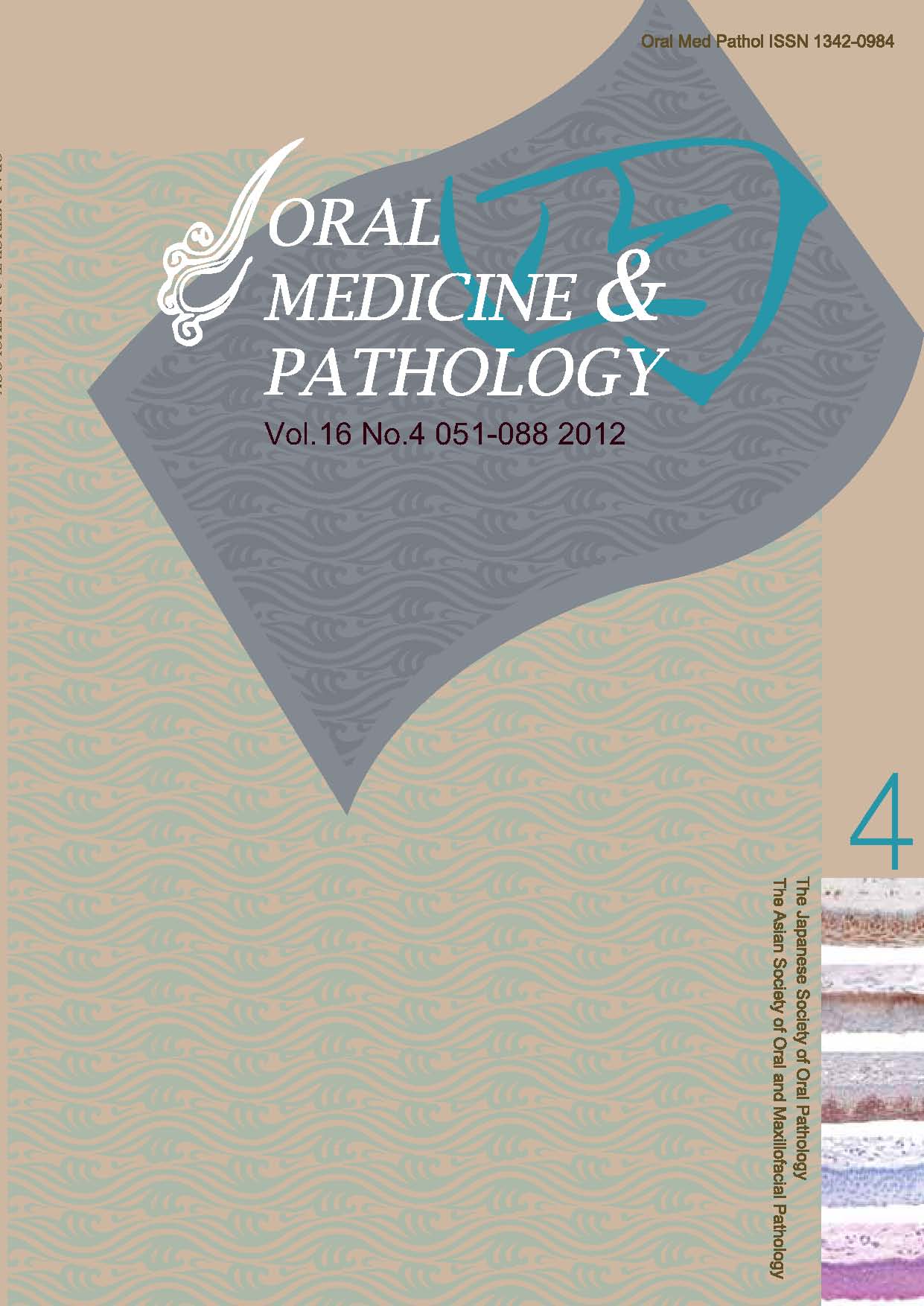Volume 14, Issue 3
Displaying 1-6 of 6 articles from this issue
- |<
- <
- 1
- >
- >|
Review
-
Article type: Review
2010 Volume 14 Issue 3 Pages 81-87
Published: 2010
Released on J-STAGE: March 30, 2010
Download PDF (274K)
Original
-
Article type: Origonal
2010 Volume 14 Issue 3 Pages 89-97
Published: 2010
Released on J-STAGE: March 30, 2010
Download PDF (712K) -
Article type: original
2010 Volume 14 Issue 3 Pages 99-105
Published: 2010
Released on J-STAGE: March 30, 2010
Download PDF (371K) -
Article type: Original
2010 Volume 14 Issue 3 Pages 107-111
Published: 2010
Released on J-STAGE: March 30, 2010
Download PDF (467K)
Case Report
-
Article type: Case Report
2010 Volume 14 Issue 3 Pages 113-116
Published: 2010
Released on J-STAGE: March 30, 2010
Download PDF (286K) -
Article type: Case Report
2010 Volume 14 Issue 3 Pages 117-120
Published: 2010
Released on J-STAGE: March 30, 2010
Download PDF (355K)
- |<
- <
- 1
- >
- >|
